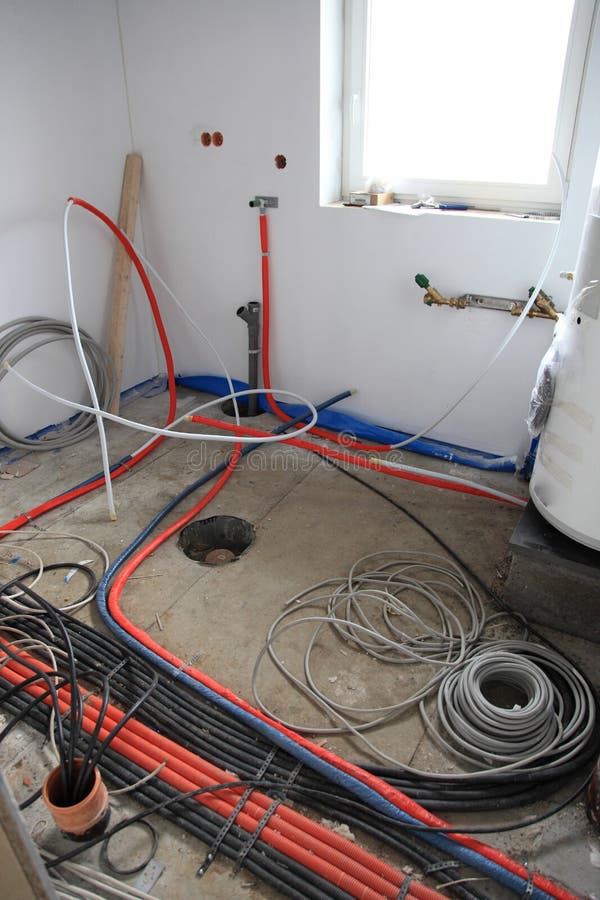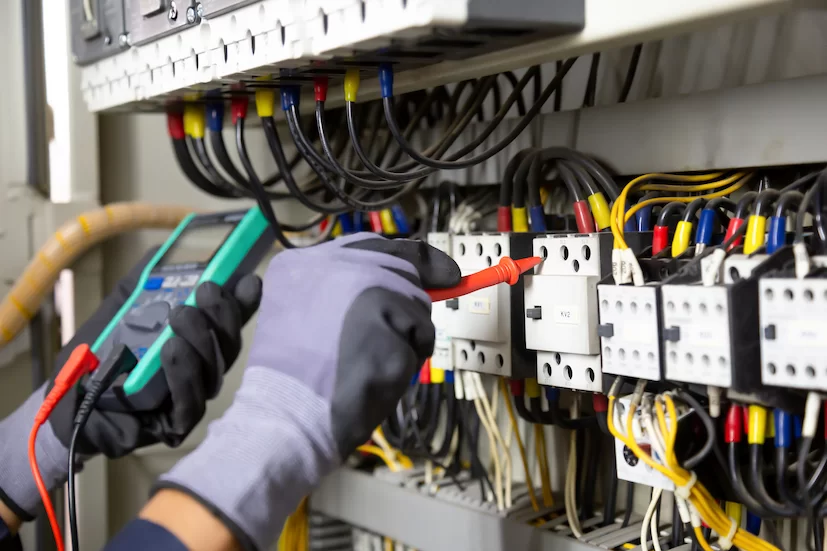Discover the most effective in BRE Services for Electrical and Automation
Discover the most effective in BRE Services for Electrical and Automation
Blog Article
The Ultimate Overview to Electrical Installation: Tips and Techniques for a Safe and Reliable Home Wiring System
In the world of home upkeep, few elements are as important yet often ignored as the electric wiring system. By exploring the nuances of electrical security procedures and energy-saving methods, this extensive guide will lose light on the ins and outs of home circuitry, empowering individuals to take cost of their home's electric infrastructure.
Understanding Electric Safety Measures
To make certain the safety and security of both individuals and property, understanding and implementing proper electrical security procedures is extremely important in any kind of home electrical wiring project. Electrical energy is a powerful force that can be dangerous otherwise handled with care. One of the fundamental safety procedures is guaranteeing that all electric job is done by certified professionals who follow regional building ordinance and guidelines. It is crucial to carry out a complete assessment of the electrical system before beginning any electrical wiring project to determine potential risks or problems that need to be attended to.
In addition, using the suitable devices and devices is crucial for preserving safety throughout electrical setups. Shielded handwear covers, voltage testers, and protective eyewear are a few of the basic safety and security gear that must be used to stop electric shocks or mishaps. It is also essential to de-energize circuits prior to dealing with them and to label all circuits and breakers plainly to prevent complication.

Crucial Tools for Home Wiring
Making certain the correct application of electric safety and security steps in home circuitry tasks entails utilizing a particular collection of essential devices created to promote the installment process efficiently and safely. Some of the trick tools needed for home electrical wiring tasks include a voltage tester for inspecting real-time cords, wire pole dancers for removing insulation from cables, a wire cutter for precisely reducing cords to length, a screwdriver set for safeguarding electrical components, electrical tape for insulation and safeguarding links, a cord ripper for stripping cable television sheathing, and a multimeter for measuring voltage, existing, and resistance.
Step-by-Step Electric Setup Guide
Beginning an electric installment job requires careful planning and adherence to safety and security guidelines. Before beginning any work, guarantee you have a detailed plan detailing the layout of the electric system, consisting of the positioning of outlets, buttons, and fixtures. Take into account the power needs of each gadget to determine the appropriate wire scale and breaker sizes.
The very first step in the setup process is to shut down the power supply click for source to the location where you will certainly be working. Utilize a voltage tester to confirm that the circuits are de-energized prior to touching any type of wires. Next off, carefully remove existing fixtures or outlets and detach the cables.
When setting up new electrical wiring, run cords through wall surfaces and ceilings, safeguarding them in position with ideal installations. Adhere to local building ordinance and producer guidelines for appropriate cord installation and connections. BRE Services. See to it to identify cords for very easy recognition and future upkeep

Troubleshooting Common Circuitry Issues
Having actually completed the setup process as detailed in the previous subtopic, repairing typical circuitry issues is a crucial skill for ensuring the safety and security and performance of your electric system. To address this, check and tighten up all cable connections in the affected fixtures and switches and redistribute the lots on the circuit to balance the electrical need. Routinely checking and without delay addressing these common circuitry problems will certainly preserve the safety and security and efficiency of your home electrical system.
Tips for Energy-Efficient Electric Systems
For optimal energy efficiency in electrical systems, implementing wise methods and using energy-saving modern technologies is paramount. One key idea for accomplishing an energy-efficient electrical system is to upgrade to LED illumination. LED light bulbs eat dramatically less energy than conventional incandescent bulbs and have a longer life-span, making them a cost-efficient option in the future. Furthermore, mounting programmable thermostats can help control home heating and cooling systems, reducing power waste when no one is home. Another method is to buy energy-efficient appliances that are power celebrity accredited, ensuring they meet high criteria for power useful reference performance. Appropriate insulation and securing of home windows, doors, and electric outlets can likewise protect against power loss, inevitably decreasing the work on electrical systems. Finally, consider integrating renewable power sources like solar panels to additional decline dependence on typical power grids. By incorporating these energy-efficient pointers and technologies, property owners can not just save cash on their electrical energy bills yet also reduce their ecological influence.
Verdict
In final thought, carrying out appropriate safety procedures, using necessary tools, following a detailed installment guide, troubleshooting usual issues, and including energy-efficient ideas are essential for a safe and effective home wiring system. By sticking to these methods, property owners can guarantee the long life and functionality of their electrical installments. It is essential to prioritize safety and performance when it pertains to electrical operate in order to avoid prospective hazards and to preserve a reputable electric system in the home.
Report this page